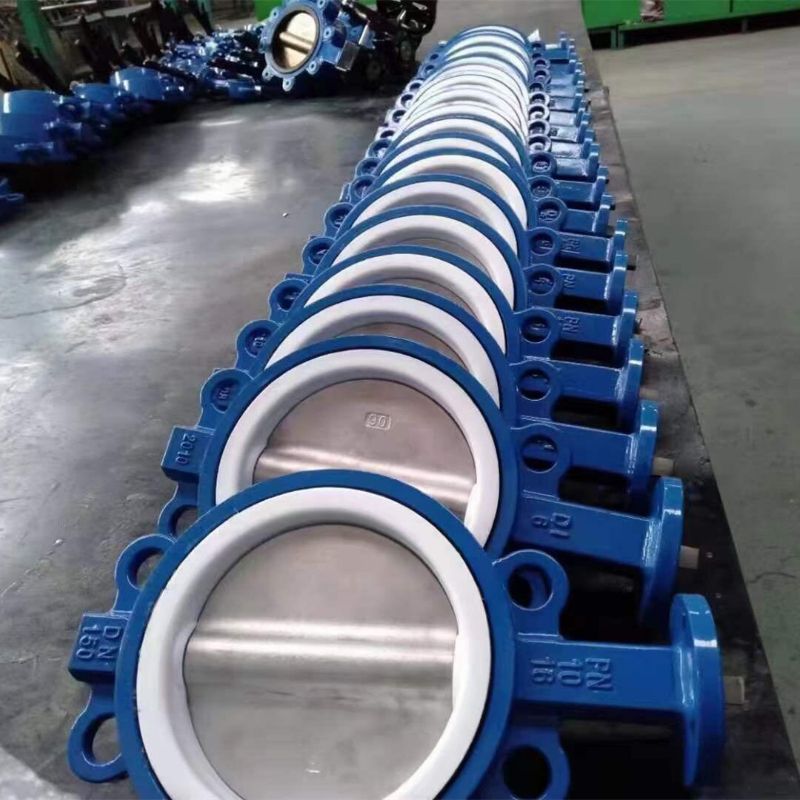|
Selecting the Right Marine Valves for Your ShipWhen it comes to outfitting a ship, one of the most crucial yet often overlooked components are the marine valves. These small yet essential devices play a vital role in ensuring the smooth operation and safety of maritime vessels. Selecting the right marine valves involves considering various factors such as type, material, size, pressure rating, and specific application requirements. This article aims to guide you through the process of choosing the appropriate marine valves for your ship.
Understanding the Types of Marine Valves Marine valves come in several types, each designed for specific functions: 1. Ball Valves: Known for their tight seal and quick operation, ball valves are ideal for applications requiring rapid shut-off. 2. Gate Valves: These are suitable for fully open or closed positions and are excellent for throttling purposes. 3. Butterfly Valves: Compact and lightweight, butterfly valves are perfect for applications where space is limited. 4. Globe Valves: Often used for precise control of flow, globe valves are beneficial in regulating fluid flow. 5. Check Valves: Designed to allow flow in only one direction, check valves prevent backflow and are crucial for protecting pumps and engines. 6. Needle Valves: Used for fine adjustments, needle valves are ideal for applications requiring precise control over small volumes of fluid. Considerations for Material Selection The material of the marine valve is another critical factor. Common materials include: Bronze: Durable and corrosion-resistant, bronze is often used in seawater systems. Stainless Steel: Offers excellent corrosion resistance and strength, making it suitable for both seawater and freshwater applications. Cast Iron: Cost-effective and strong, cast iron is typically used in less demanding environments. Carbon Steel: Suitable for non-corrosive environments, carbon steel valves are strong and durable. PVC and Other Plastics: Lightweight and resistant to chemicals, plastic valves are ideal for specific chemical handling applications onboard. Size and Pressure Rating The size of the valve must match the pipe diameter it will be installed in, while the pressure rating should exceed the maximum operating pressure of the system to ensure safety and reliability. It’s essential to refer to the vessel’s engineering specifications and operational parameters when selecting these attributes. Application-Specific Requirements Different areas of the ship may have unique requirements: Ballast Systems: Typically require large, robust valves capable of handling high volumes and potential debris. Firefighting Systems: Need rapid-acting valves that can withstand high pressures and temperatures. Fuel Systems: Require valves with excellent sealing properties to prevent leaks and contamination. HVAC Systems: May use smaller, more precise valves to control air and water flow efficiently. Brand and Quality Assurance Choosing reputable brands known for their quality and reliability can make a significant difference in the performance and longevity of marine valves. Ensure that the valves come with necessary certifications and adhere to international maritime standards such as DNV, ABS, or Lloyd’s Register. Maintenance and Replacement Regular maintenance is key to extending the lifespan of marine valves. This includes periodic inspections, lubrication (where applicable), and timely replacement of worn-out parts. Keeping a stock of replacement valves and components can also minimize downtime during unexpected failures. Conclusion Selecting the right marine valves for your ship is a meticulous process that requires careful consideration of various factors. By understanding the different types of valves, their materials, sizes, pressure ratings, and specific application needs, you can ensure optimal performance and safety of your vessel. Investing in high-quality valves from reputable manufacturers and maintaining them regularly will contribute to the efficient and reliable operation of your ship. |

